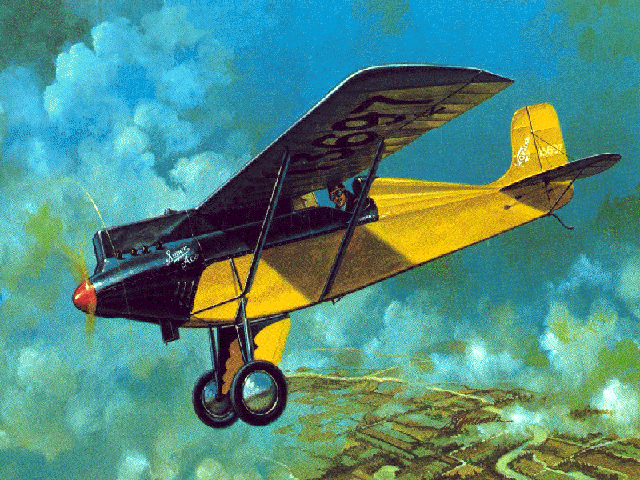

During 1935.Popular Aviation magazine published a series of articles
concerning this attractive single-seat sportplane intended for construction
by amateurs. The Ford Model A automobile engine was used for power,and
it too was subject of an article describing modifications and needed accessories.
The Super Ace was designed by Orlan G. Corben, who had also produced
other sport planes such as the Baby Ace and Junior Ace. Praiseworthy
for simplicity and economy, the Super Ace incorporated similar straight-forward
construction philosophy combined with readily available low cost materials.
Its exciting appearance and spirited performance made the Super Ace an
intriguing proposition, as did the dramatic full-color painting by Hermin
R. Bollin on the April 1935 Popular Aviation front cover.
Over the years, models ranging from tiny wooden "solids" to large radio
control examples, have helped keep the Super Ace familiar to many aviation
enthusiasts.This seems appropriate, because Orlan Corben himself was a
model builder. Lightplane authority John Underwood estimates that at least
six full-size Super-Aces were constructed, four of them prior to 1940.

Prototype Super Ace
Specifications: The prototype Super Ace spanned 25 feet, but
according to the designer,extra area was added "in favor of the fellows
who live in high altitudes."The span addition amounted to two feet,although
slight variations exist in published dimensions. Wing Span: 27'3.5". Weight
(empty):569 pounds.
Performance: Top speed:100 MPH, Cruise speed:85 MPH. Landing
speed: 32 MPH. Take-off run: 200 feet. Economy: 25 miles per gallon.
Engine Data: Modified Ford Model A automobile powerplant. Maximum
RPM:2000. Weight: 219 pounds.
References:Popular Aviation June- October 1935. The Vintage
Airplane, June 1985 and The Williams Bros. Model Co.

I began construction of my Super Ace in 1993 and flew it for the first
time on February 28th, 1999. I had always thought it was one of the
most handsome of the early homebuilts and after examining the plans, I
decided it would be an ideal first project. With it's tube and fabric
construction, wood wing, and aluminum cowling, it provided practice in
every aspect of aircraft construction. The conversion of the Model
A gave additional educational opportunities. I decided early on,
to stick to the original plans as closely as possible, with the only major
changes in areas of safety. For example I installed brakes and
a steerable tailwheel as well as a shoulder harness. I welcome comments
from other Corben builders and enthusiasts and will add images as they become
available.


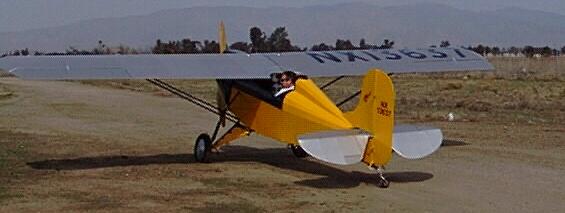
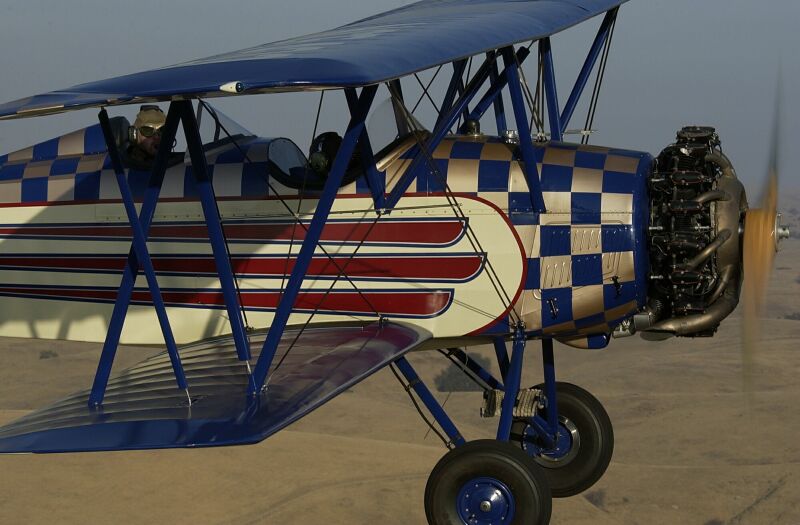
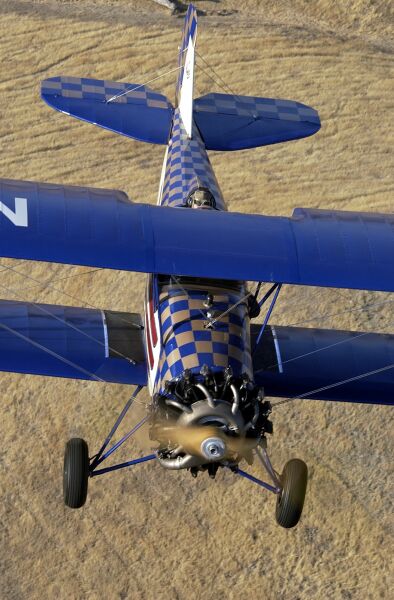
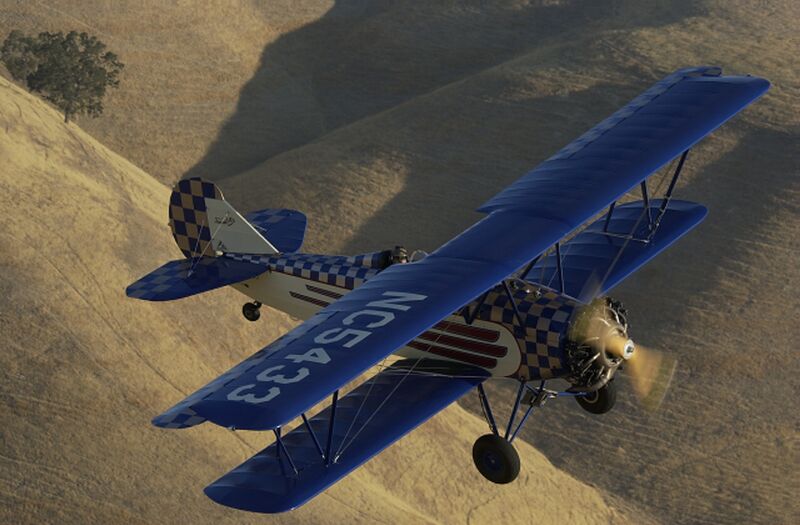
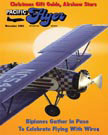
TravelAir restorers association
For your own Corben data plate like the one shown above,
Contact Ted Blakely at:
TBBlakeley@comcast.net
Model A's in airplanes? You'd better believe it! The Buckeye Pietenpol Association
How about those Junior Aces? Try Scott's page at: https://members.tripod.com/~corbenflyer/